
“Transpose what is done to an animal onto a human,” Silvina said in the video. “If it is disgusting, wrong, unethical, immoral, then you know what the truth is.”
The feature of ethical philosophy would have been among the last reasons I’d pick up a Jeff Vandermeer book. Some time ago, I’d wondered, “How do you write a really weird story? What does unconventional, imaginative freedom look like, professionally?” Flashback to a cinematic surprise—“What if that movie, Annihilation, had been based on a book?”
One Google search later, and I would see Vandermeer’s name for the first time. Annhilation wasn’t just a novel. I had a whole trilogy before me: the Southern Reach Trilogy.
Reading Annihilation and its sequels felt like a masterclass—imagery so wild and vivid that I remember parts of the story as if I had seen them in person. But the immersion was equally vested in the mind-melding of the reader with the protagonists. Vandermeer is an artist at manipulating the ether of consciousness, transmuting it into word sequences that make his characters’ lives feel almost as intimately experienced as your own.
As with my reading of the Southern Reach Trilogy, my relationship with Hummingbird Salamander’s anonymous protagonist, “Jane Smith,” was startlingly candid. Hummingbird’s dire scenario provokes brutal self-honesty and reflection in Jane’s narrative. The kind of pressure that tends to squeeze out who you really are. Catharsis.
Assume I’m dead by the time you read this.

While Hummingbird invokes such similarities with the Southern Reach Trilogy—including the use of real locations and events—
People were poisoning vultures and shooting bats out of the sky, scared of pandemics.
Hummingbird is a unique creature. Gritty, bone crushing, heart aching noir. More action. More bullets. Birds perched in nearby trees—disguised surveillance drones. Disaster, capitalized on by corporations. Memories of a world we used to know—the color of a sky we used to know—fading from view, along with the extinction of one species after another.
Hummingbird could almost be a prequel to Philip K. Dick’s Do Androids Dream of Electric Sheep?—the inspiration for the Blade Runner film, which was interestingly also noir—where real animals are extremely rare to see at all, and the sky is a dark fog.
The most recent Blade Runner film, Blade Runner 2049, has even been thought to have foreseen San Francisco’s orange skies during the 2020 California wildfires. The fact that what used to be science fiction is rapidly becoming reality is terrifying, and Hummingbird is the most recent, and most relevant work of fiction to address this revelation.
Hummingbird is also not like the endless rabbit hole of mystery surrounding the alien wilderness of Annhilation’s Area X; fans of the Southern Reach Trilogy could visit St Marks Wildlife Refuge in Florida, and see Vandermeer’s inspiration up close. Find clues scattered across the landscape.


I’m unsure whether the geographical journey of Hummingbird’s disillusioned aristocrat turned activist, Silvina Vilcapampa, is also a viable trip in reality. But Hummingbird does have extensions into reality for readers to explore, such as Vandermeer’s essay on how hummingbirds inspired him to become a writer,
how the hummingbird and salamander in the story were part of its hard world building, designed by Dr. Meghan Smith Brown at Hobart and William Smith Colleges’ biology department,
and even how Vandermeer turns reader support of the novel into funding against real illegal wildlife smuggling and habitat loss.
Then there’s the issue of how we treat non-human animals, which, as a vegan of 12 years, I found Hummingbird unexpectedly apt at confronting. Vandermeer is not yet vegan, but some of the perspectives he reveals through the thoughts of Hummingbird’s Silvina—and, often, Jane—mirror my own.
The quote from Silvina, at the beginning of this article, is an echo of a powerful pro-vegan argument called “name the trait.” Jane also selectively observes connections between toxic masculinity and pathological violence towards animals.
I didn’t like bars or restaurants where they signaled “macho” through deer or bear trophies on the wall. Macabre. Pathological.
But readers shouldn’t expect this to be a story of idealism, heroism, and especially not of veganism—it isn’t supposed to be. Noir protagonists are tragically flawed, by definition. The story, any other way, wouldn’t be interesting or effective.

What Hummingbird’s characters illustrate, in my opinion, is that the consequences of humans disrupting and abusing the natural world have become so pervasive that they now entangle those who were, in one way or another, previously enabled not to care. It pierces through Silvina’s too-big-to-fail empire of wealth, and infiltrates the indoctrinated sanctuary of Jane’s childhood farm life.
When there are expectations from family and friends to defy new information and remain in stasis, the resistance—rejection—met by those who choose to explore can be parallel to the thuggery and cover-up tactics employed by malevolent corporations. Reading Hummingbird, I felt the anxiety of suppressive forces encroaching from both sides, against Jane.
Jane Smith is far from perfect, but her most powerful virtue is self-honesty—the humility to admit to who she was, and the integrity to risk everything to become who she wants to be.
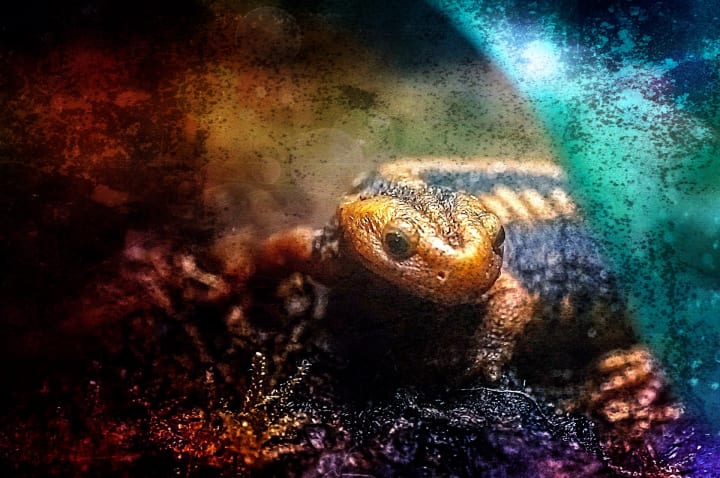
You can expect to see a film adaptation of Hummingbird Salamander coming to Netflix via Netflix partner Sugar23, who previously worked with Netflix on Maniac, The OA, and Thirteen Reasons Why.

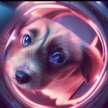
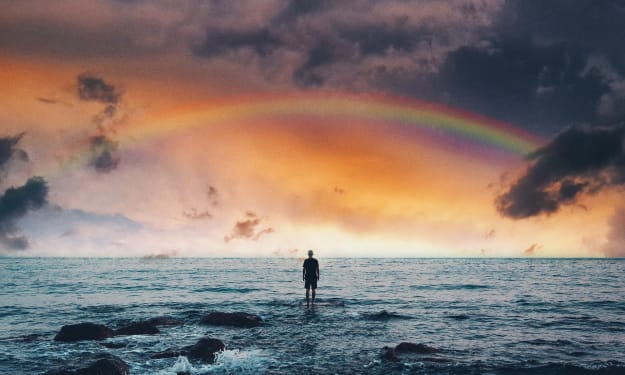

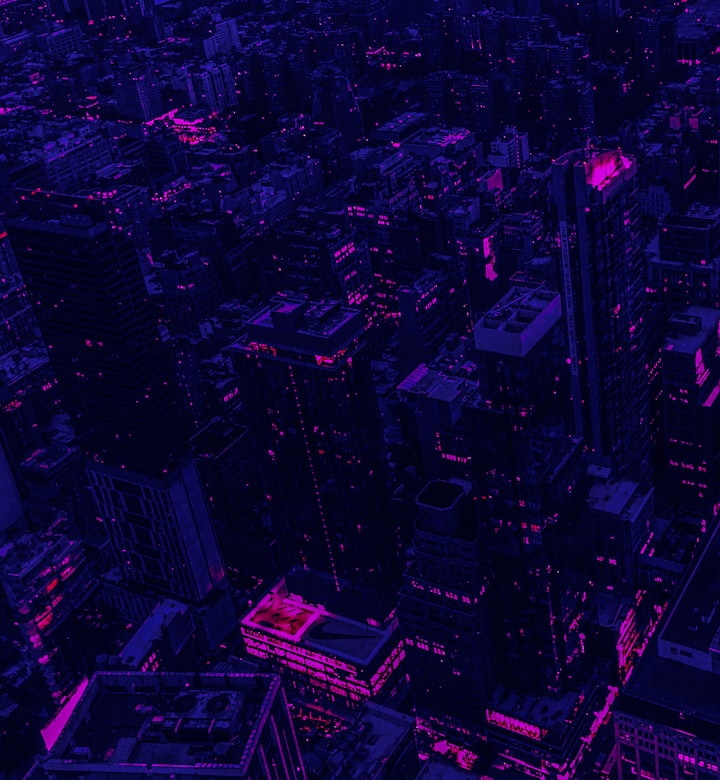
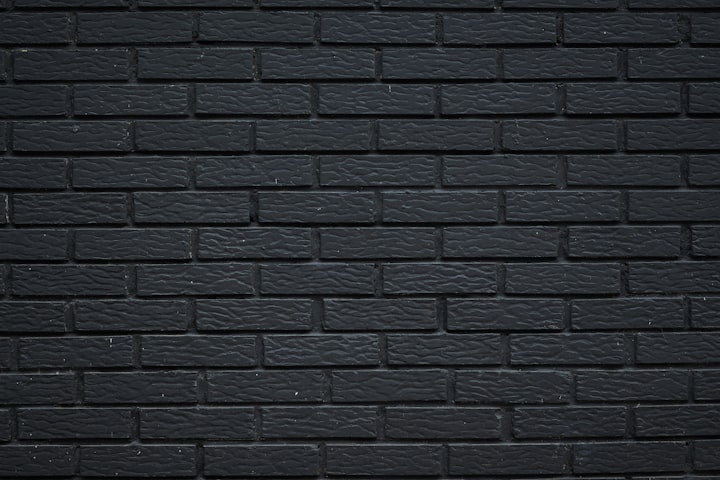
Comments
There are no comments for this story
Be the first to respond and start the conversation.